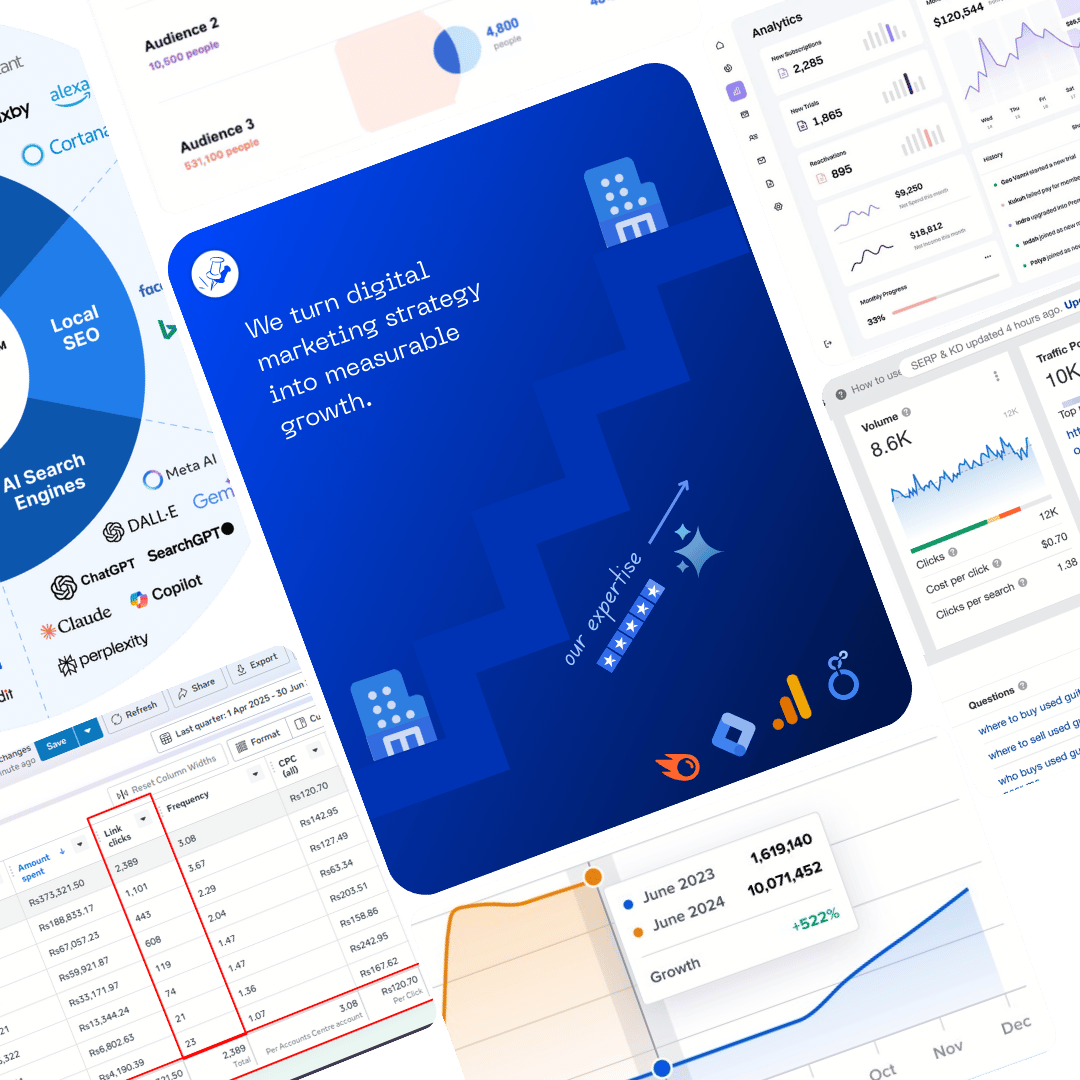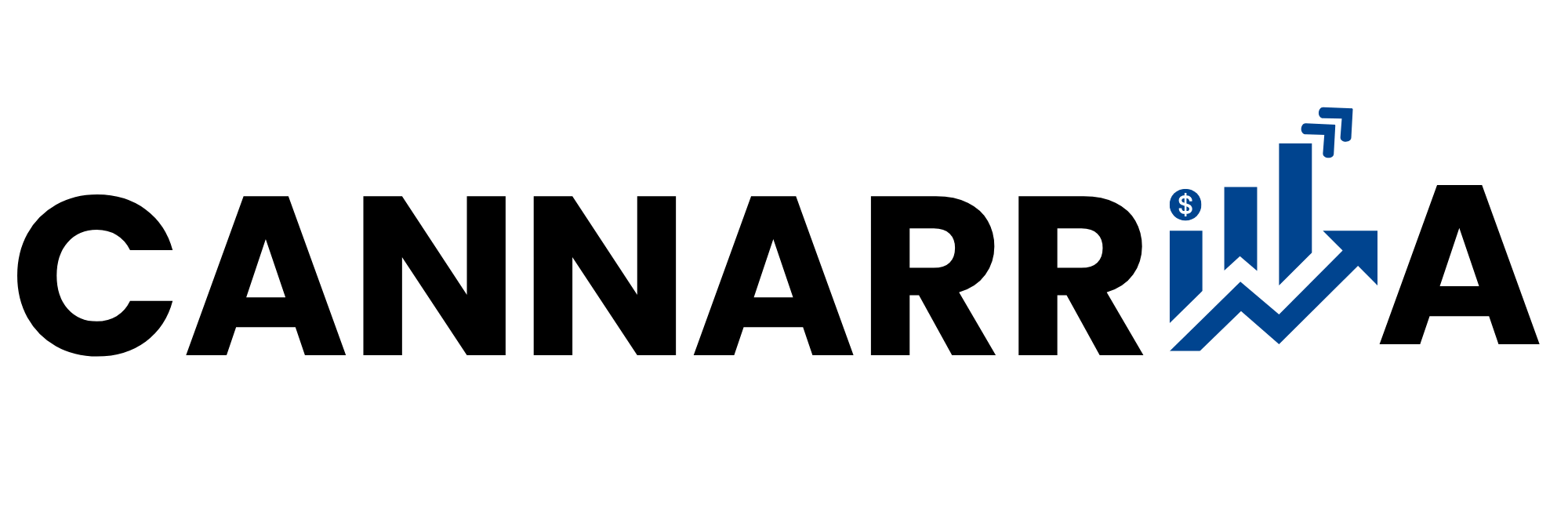Uncover your rivals’ strategy and outsmart them with data.
We provide a 360° competitor analysis — from products to platforms, SEO to paid ads, backlinks to customer sentiment.
Why Competitive Intelligence Matters

What We Analyze
Full-Scope Competitor Research
Whether you’re targeting local or global markets, we leverage industry-leading tools and proven strategies to boost your visibility on Google. Our focus is on ranking high-intent keywords that actually convert. Unlike paid ads, SEO delivers organic traffic that compounds over time—reducing cost-per-acquisition and driving sustainable growth. Our SEO strategy zeroes in on the key factors that will elevate your organic visibility, traffic, and conversions.
Number of products, service offerings, and pricing strategies.
Easily Crawlable
Search engine bots (Googlebot, Bingbot, etc.) should be able to easily crawl your site without obstacles.
Key points:
Clear internal linking structure.
No important pages blocked in robots.txt.
HTML navigation menus, not hidden in scripts.
Clean, descriptive URLs with minimal parameters.
Common issues:
Blocking key pages in robots.txt.
Broken internal links (404 errors).
Over-reliance on JavaScript navigation.
Orphan pages with no inbound links.
Fully Indexable
Once crawled, pages are stored in the search engine’s database and can appear in search results.
Key points:
No accidental noindex tags.
Unique content, no duplicates.
Proper 200 OK status.
Schema markup and metadata for clarity.
Common issues:
Noindex tags on key pages.
Duplicate content without canonical tags.
Pages behind login walls.
Slow or error-prone servers hindering indexing.
Mobile Optimized
Your website must be designed and optimized to work seamlessly on smartphones and tablets.
Key points:
- Responsive design that adapts to different screen sizes.
- Text is readable without zooming.
- Buttons and links are tap-friendly (spaced well apart).
- Fast loading speed on mobile connections.
Common issues that hurt mobile friendliness:
- Desktop-only design that forces horizontal scrolling on mobile.
- Small text and unclickable buttons.
- Pop-ups or interstitials covering the screen.
- Large uncompressed images slowing down load time.

dentify whether rivals are using Google Ads, Meta Ads, LinkedIn, TikTok, or programmatic ads.
Easily Crawlable
Search engine bots (Googlebot, Bingbot, etc.) should be able to easily crawl your site without obstacles.
Key points:
Clear internal linking structure.
No important pages blocked in robots.txt.
HTML navigation menus, not hidden in scripts.
Clean, descriptive URLs with minimal parameters.
Common issues:
Blocking key pages in robots.txt.
Broken internal links (404 errors).
Over-reliance on JavaScript navigation.
Orphan pages with no inbound links.
Fully Indexable
Once crawled, pages are stored in the search engine’s database and can appear in search results.
Key points:
No accidental noindex tags.
Unique content, no duplicates.
Proper 200 OK status.
Schema markup and metadata for clarity.
Common issues:
Noindex tags on key pages.
Duplicate content without canonical tags.
Pages behind login walls.
Slow or error-prone servers hindering indexing.
Mobile Optimized
Your website must be designed and optimized to work seamlessly on smartphones and tablets.
Key points:
- Responsive design that adapts to different screen sizes.
- Text is readable without zooming.
- Buttons and links are tap-friendly (spaced well apart).
- Fast loading speed on mobile connections.
Common issues that hurt mobile friendliness:
- Desktop-only design that forces horizontal scrolling on mobile.
- Small text and unclickable buttons.
- Pop-ups or interstitials covering the screen.
- Large uncompressed images slowing down load time.

Keyword gaps, on-page SEO, technical performance, and SERP share.
Easily Crawlable
Search engine bots (Googlebot, Bingbot, etc.) should be able to easily crawl your site without obstacles.
Key points:
Clear internal linking structure.
No important pages blocked in robots.txt.
HTML navigation menus, not hidden in scripts.
Clean, descriptive URLs with minimal parameters.
Common issues:
Blocking key pages in robots.txt.
Broken internal links (404 errors).
Over-reliance on JavaScript navigation.
Orphan pages with no inbound links.
Fully Indexable
Once crawled, pages are stored in the search engine’s database and can appear in search results.
Key points:
No accidental noindex tags.
Unique content, no duplicates.
Proper 200 OK status.
Schema markup and metadata for clarity.
Common issues:
Noindex tags on key pages.
Duplicate content without canonical tags.
Pages behind login walls.
Slow or error-prone servers hindering indexing.
Mobile Optimized
Your website must be designed and optimized to work seamlessly on smartphones and tablets.
Key points:
- Responsive design that adapts to different screen sizes.
- Text is readable without zooming.
- Buttons and links are tap-friendly (spaced well apart).
- Fast loading speed on mobile connections.
Common issues that hurt mobile friendliness:
- Desktop-only design that forces horizontal scrolling on mobile.
- Small text and unclickable buttons.
- Pop-ups or interstitials covering the screen.
- Large uncompressed images slowing down load time.

Who’s linking to your competitors (and why)—and how we can replicate or outperform.
Easily Crawlable
Search engine bots (Googlebot, Bingbot, etc.) should be able to easily crawl your site without obstacles.
Key points:
Clear internal linking structure.
No important pages blocked in robots.txt.
HTML navigation menus, not hidden in scripts.
Clean, descriptive URLs with minimal parameters.
Common issues:
Blocking key pages in robots.txt.
Broken internal links (404 errors).
Over-reliance on JavaScript navigation.
Orphan pages with no inbound links.
Fully Indexable
Once crawled, pages are stored in the search engine’s database and can appear in search results.
Key points:
No accidental noindex tags.
Unique content, no duplicates.
Proper 200 OK status.
Schema markup and metadata for clarity.
Common issues:
Noindex tags on key pages.
Duplicate content without canonical tags.
Pages behind login walls.
Slow or error-prone servers hindering indexing.
Mobile Optimized
Your website must be designed and optimized to work seamlessly on smartphones and tablets.
Key points:
- Responsive design that adapts to different screen sizes.
- Text is readable without zooming.
- Buttons and links are tap-friendly (spaced well apart).
- Fast loading speed on mobile connections.
Common issues that hurt mobile friendliness:
- Desktop-only design that forces horizontal scrolling on mobile.
- Small text and unclickable buttons.
- Pop-ups or interstitials covering the screen.
- Large uncompressed images slowing down load time.

Tone, frequency, and channels of content used to engage their audience.
Easily Crawlable
Search engine bots (Googlebot, Bingbot, etc.) should be able to easily crawl your site without obstacles.
Key points:
Clear internal linking structure.
No important pages blocked in robots.txt.
HTML navigation menus, not hidden in scripts.
Clean, descriptive URLs with minimal parameters.
Common issues:
Blocking key pages in robots.txt.
Broken internal links (404 errors).
Over-reliance on JavaScript navigation.
Orphan pages with no inbound links.
Fully Indexable
Once crawled, pages are stored in the search engine’s database and can appear in search results.
Key points:
No accidental noindex tags.
Unique content, no duplicates.
Proper 200 OK status.
Schema markup and metadata for clarity.
Common issues:
Noindex tags on key pages.
Duplicate content without canonical tags.
Pages behind login walls.
Slow or error-prone servers hindering indexing.
Mobile Optimized
Your website must be designed and optimized to work seamlessly on smartphones and tablets.
Key points:
- Responsive design that adapts to different screen sizes.
- Text is readable without zooming.
- Buttons and links are tap-friendly (spaced well apart).
- Fast loading speed on mobile connections.
Common issues that hurt mobile friendliness:
- Desktop-only design that forces horizontal scrolling on mobile.
- Small text and unclickable buttons.
- Pop-ups or interstitials covering the screen.
- Large uncompressed images slowing down load time.

Social presence, follower growth, engagement, and brand sentiment.
Easily Crawlable
Search engine bots (Googlebot, Bingbot, etc.) should be able to easily crawl your site without obstacles.
Key points:
Clear internal linking structure.
No important pages blocked in robots.txt.
HTML navigation menus, not hidden in scripts.
Clean, descriptive URLs with minimal parameters.
Common issues:
Blocking key pages in robots.txt.
Broken internal links (404 errors).
Over-reliance on JavaScript navigation.
Orphan pages with no inbound links.
Fully Indexable
Once crawled, pages are stored in the search engine’s database and can appear in search results.
Key points:
No accidental noindex tags.
Unique content, no duplicates.
Proper 200 OK status.
Schema markup and metadata for clarity.
Common issues:
Noindex tags on key pages.
Duplicate content without canonical tags.
Pages behind login walls.
Slow or error-prone servers hindering indexing.
Mobile Optimized
Your website must be designed and optimized to work seamlessly on smartphones and tablets.
Key points:
- Responsive design that adapts to different screen sizes.
- Text is readable without zooming.
- Buttons and links are tap-friendly (spaced well apart).
- Fast loading speed on mobile connections.
Common issues that hurt mobile friendliness:
- Desktop-only design that forces horizontal scrolling on mobile.
- Small text and unclickable buttons.
- Pop-ups or interstitials covering the screen.
- Large uncompressed images slowing down load time.

How Competitive Intelligence Fuels Your Growth
Analyzing competitor behavior helps companies anticipate threats, identify growth opportunities, and shape long-term strategy.
Discover & Spot Weaknesses
Find gaps in competitor campaigns you can exploit.
Accelerate ROI
Redirect budget to channels where rivals are underperforming.
Stay Ahead
Monitor new campaigns and adapt faster than the competition.
Informed Strategy
Make decisions backed by hard data, not assumptions.
Deliverables You Get
See What Your Competitors Don’t Want You to Know
Competitor SEO Audit
Competitor SEO report (keywords, backlinks, rankings)
Ads Platorms
Ads library breakdown (Google & Meta Ads)
Content gap analysis
Content themes they rely on and list of top-performing pages
Pricing & offer comparisons
Product/service portfolio comparison. New launches & seasonal trends
Customer sentiment analysis
Strengths & weaknesses from a consumer view.Social listening: what customers say about them
Monthly updates to track changes
Tracking competitor moves, and impact of moves on visibility, customers, and market share.
FAQ's
Item #1
Item #2
Item #3
Item #3
Free Estimation
Ready to Outperform Your Competitors?
Let’s uncover what your rivals are doing—and show you how to do it better.

